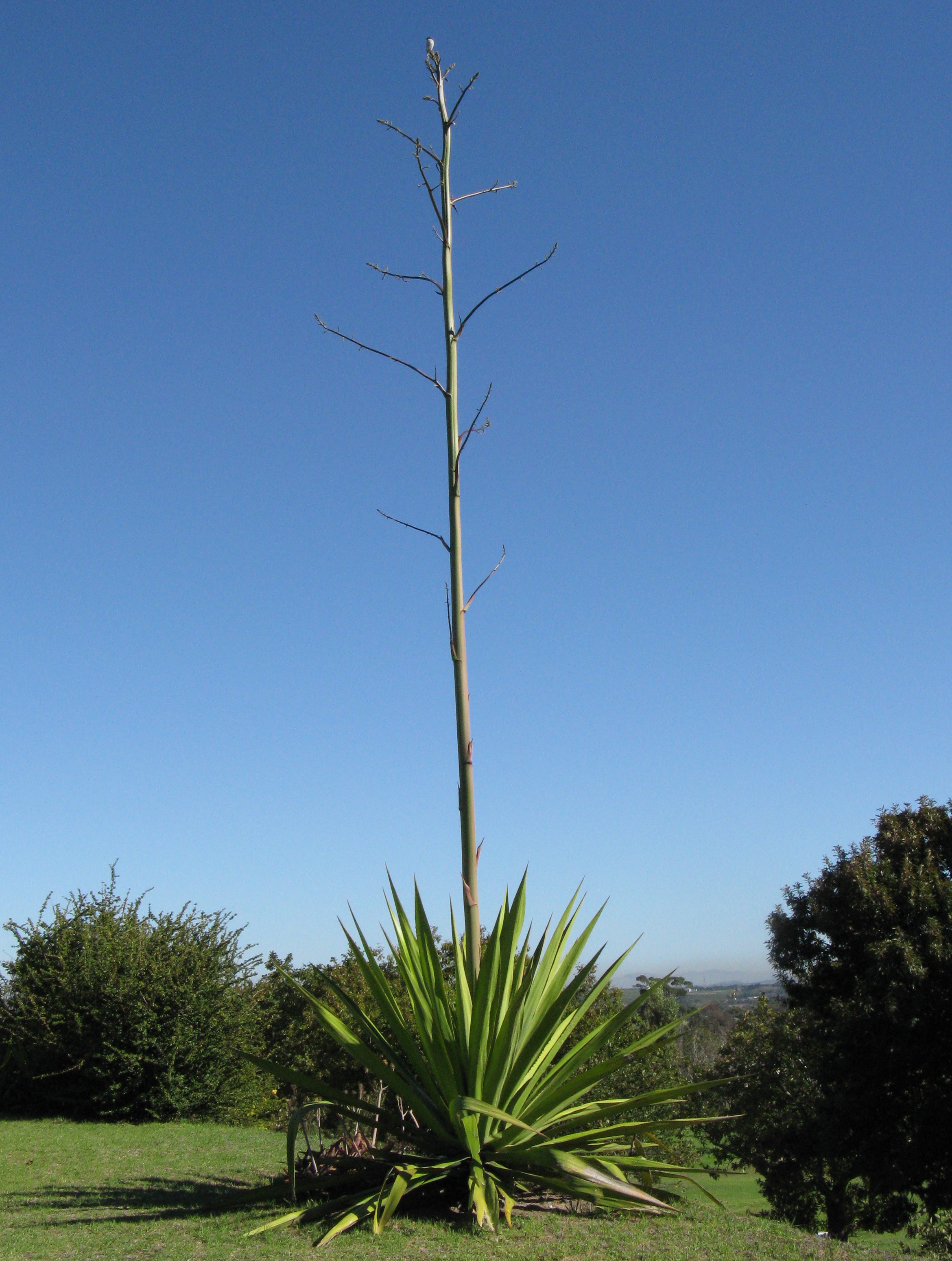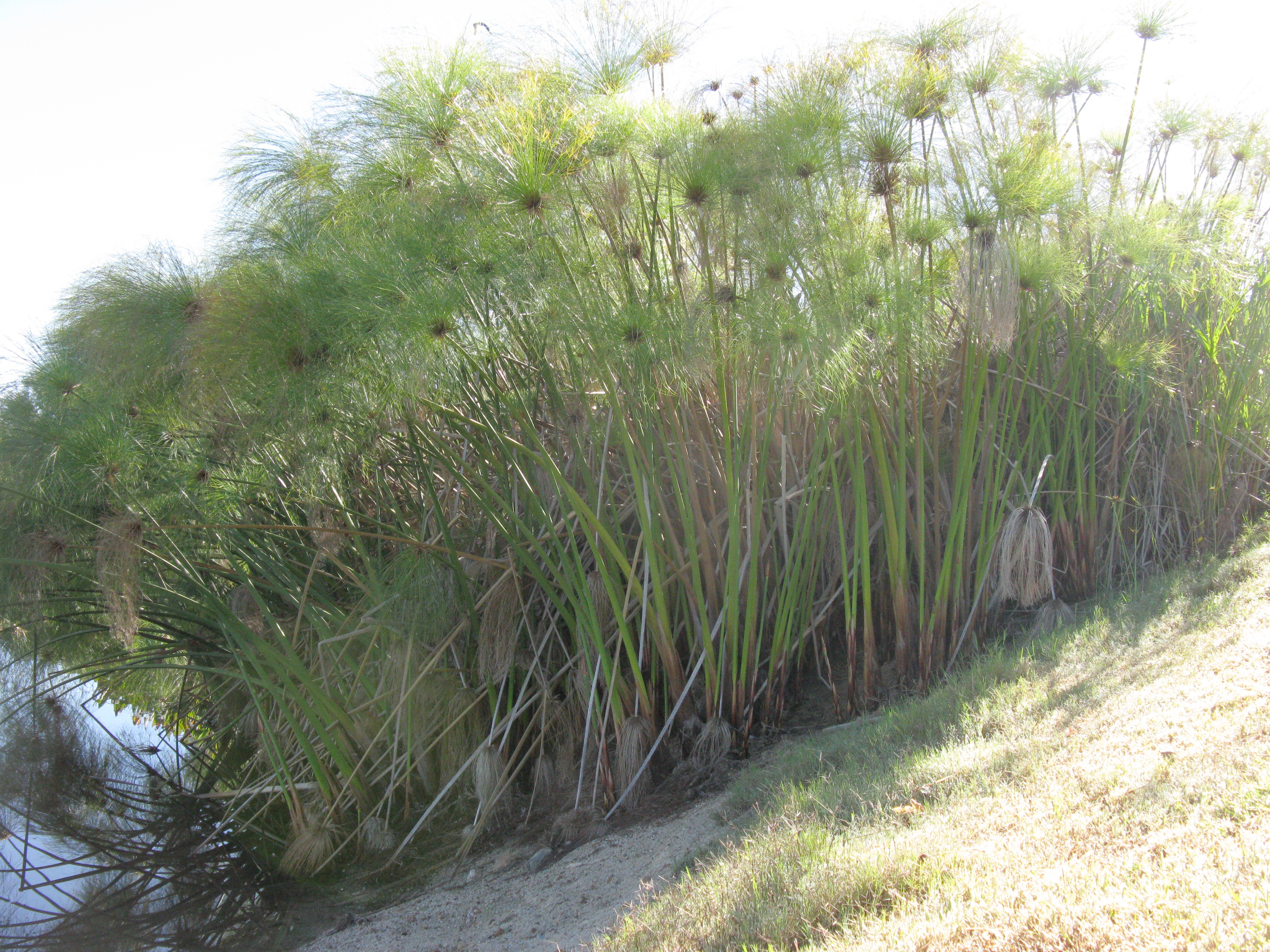Peduncle (botany) on:
[Wikipedia]
[Google]
[Amazon]

 In
In
botany
Botany, also called , plant biology or phytology, is the science of plant life and a branch of biology. A botanist, plant scientist or phytologist is a scientist who specialises in this field. The term "botany" comes from the Ancient Greek w ...
, a peduncle is a stalk supporting an inflorescence
An inflorescence is a group or cluster of flowers arranged on a stem that is composed of a main branch or a complicated arrangement of branches. Morphologically, it is the modified part of the shoot of seed plants where flowers are formed o ...
or a solitary flower
A flower, sometimes known as a bloom or blossom, is the reproductive structure found in flowering plants (plants of the division Angiospermae). The biological function of a flower is to facilitate reproduction, usually by providing a mechani ...
, or, after fecundation
Fertilisation or fertilization (see spelling differences), also known as generative fertilisation, syngamy and impregnation, is the fusion of gametes to give rise to a new individual organism or offspring and initiate its development. Proce ...
, an infructescence Infructescence (fruiting head) is defined as the ensemble of fruits derived from the ovaries of an inflorescence. It usually retains the size and structure of the inflorescence.
In some cases, infructescences are similar in appearance to simple fru ...
or a solitary fruit
In botany, a fruit is the seed-bearing structure in flowering plants that is formed from the ovary after flowering.
Fruits are the means by which flowering plants (also known as angiosperms) disseminate their seeds. Edible fruits in particu ...
. The peduncle sometimes has bract
In botany, a bract is a modified or specialized leaf, especially one associated with a reproductive structure such as a flower, inflorescence axis or cone scale. Bracts are usually different from foliage leaves. They may be smaller, larger, or of ...
s (a type of cataphylls) at nodes. The main axis of an inflorescence above the peduncle is the rachis
In biology, a rachis (from the grc, ῥάχις [], "backbone, spine") is a main axis or "shaft".
In zoology and microbiology
In vertebrates, ''rachis'' can refer to the series of articulated vertebrae, which encase the spinal cord. In this c ...
. There are no flowers on the peduncle but there are flowers on the rachis.
When a peduncle arises from the ground level, either from a compressed aerial stem or from a subterranean stem (rhizome
In botany and dendrology, a rhizome (; , ) is a modified subterranean plant stem that sends out roots and shoots from its nodes. Rhizomes are also called creeping rootstalks or just rootstalks. Rhizomes develop from axillary buds and grow hori ...
, tuber
Tubers are a type of enlarged structure used as storage organs for nutrients in some plants. They are used for the plant's perennation (survival of the winter or dry months), to provide energy and nutrients for regrowth during the next growin ...
, bulb, corm
A corm, bulbo-tuber, or bulbotuber is a short, vertical, swollen underground plant stem that serves as a storage organ that some plants use to survive winter or other adverse conditions such as summer drought and heat (perennation).
The word ' ...
), with few or no bracts except the part near the rachis or receptacle, it is referred to as a scape.
The acorns of the pedunculate oak
''Quercus robur'', commonly known as common oak, pedunculate oak, European oak or English oak, is a species of flowering plant in the beech and oak family, Fagaceae. It is a large tree, native to most of Europe west of the Caucasus. It is widel ...
are borne on a long peduncle, hence the name of the tree.
See also
*Pedicel (botany)
In botany, a pedicel is a stem that attaches a single flower to the inflorescence. Such inflorescences are described as ''pedicellate''.
Description
Pedicel refers to a structure connecting a single flower to its inflorescence. In the absenc ...
*Scape (botany)
In botany, a scape is a peduncle arising from a subterranean or very compressed stem, with the lower internodes very long and hence few or no bracts except the part near the rachis or receptacle. Typically it takes the form of a long, leafles ...
References
Plant anatomy Plant morphology + scn:Pidicuddu {{Botany-stub